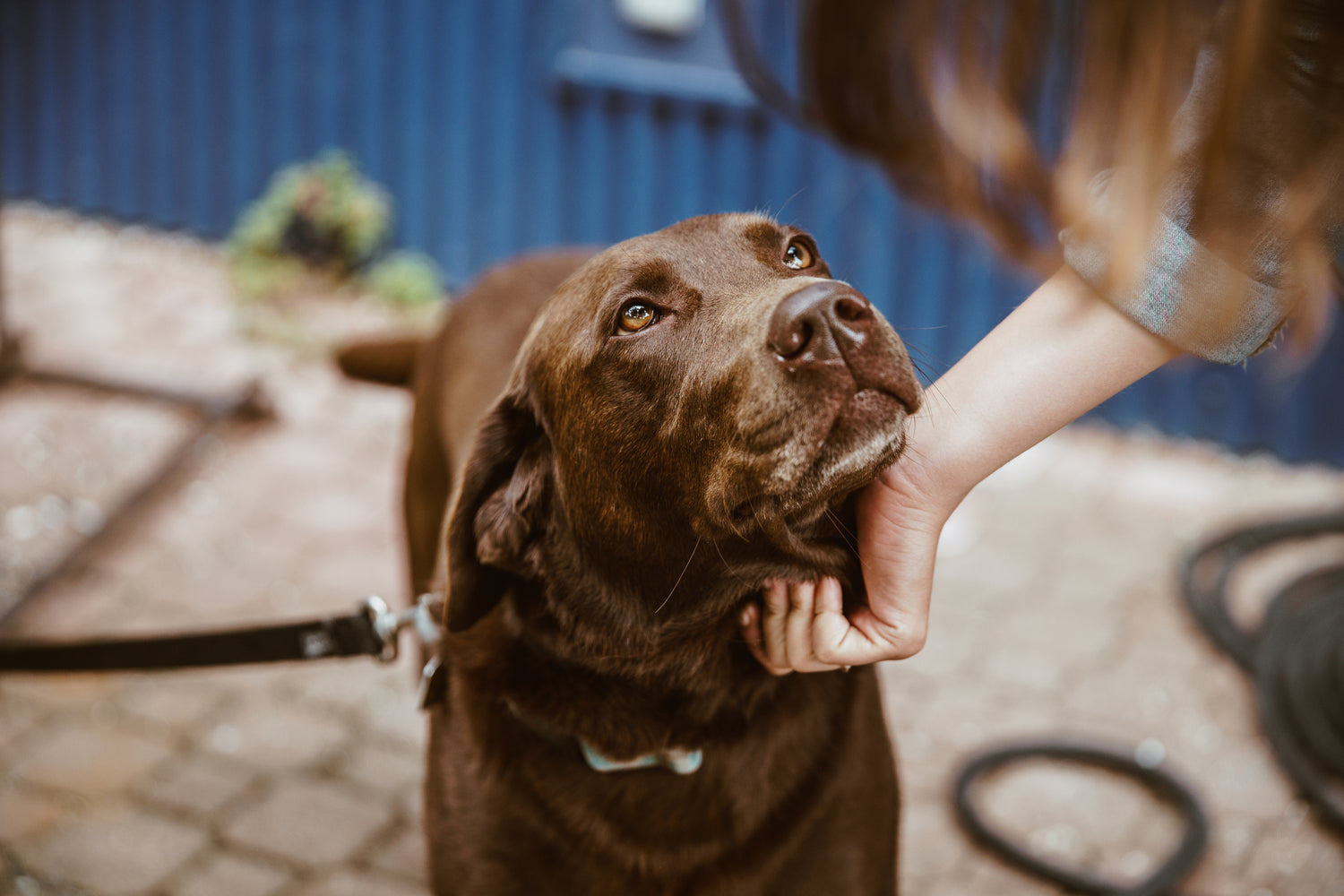Does My Dog Have Hip Dysplasia?
What Should I Do?

Maybe something about their gait has caught your attention as seeming odd, unusual, or out of the ordinary. It seems to be originating from their hind legs and you’re unsure what the problem is, but there does seem to be an issue.
If you observe anything unusual about how your dog’s walking it’s definitely recommended that you see a vet to understand what the issue is and what, if anything, needs to be done about it. Rear leg weakness can have many causes - some of which are fatal - so even if you think it’s just old age, do get a vet to take a look.
Hip dysplasia in dogs is one of the most common reasons for rear leg weakness. ‘Dysplasia’ means abnormality of development.
The hip joint is unstable and this can be caused by poor conformation of the hip bone (usually a hip socket that’s too shallow) or the ball of the thigh bone being misshapen. There can also be ligament laxity. The ‘ball and socket’ relationship of the hip joint and thigh bone doesn’t work well.
Normally the surfaces of the two glide together well. With hip dysplasia they rub together uncomfortably which results in inflammation, possible microfracturing of the bone and degeneration of the hip cartilage, swelling, and eventually arthritis (i.e. accelerated wear and tear). All of this is painful for your dog.
However it’s also worth bearing in mind that hip dysplasia often develops when a dog’s still a puppy and immature. So these symptoms aren’t restricted to middle aged or older dogs. You may also see them in a puppy - symptoms can present as early as 4 to 6 months of age, and 6 months is when a diagnosis is typically made in a puppy with hip dysplasia.
Here are some apparent signs of hip dysplasia in a puppy:

So what are the symptoms of hip dysplasia in your dog that you should be aware of? Some are more subtle than others. This is why it’s always a good idea to familiarise yourself with your dog’s habitual patterns of walking and movement, and the normal appearance of their musculature.
As soon as you notice any of these symptoms of hip dysplasia in your dog, get them to the vet. As with all things, the earlier the condition is dealt with, the better. Get to know your dog’s physical movements and habits, which will allow you to detect anything out of the ordinary sooner.
To learn more about hip dysplasia in dogs, and the best ways to treat it, read more here:
https://zoomadog.co.uk/collections/dog-hip-dysplasia
What Should I Do?
What Are The First Signs of Hip Dysplasia In Dogs?
What Are The Different Levels of Hip Dysplasia in My Dog?
What Should I Do?
What Should I Do?
For Hip Dysplasia For A Dog?
What Should I Do?
My Dog Has Very Bad Arthritis In His Hips. What Should I Do?
What Happens, Is It Successful, What I Should Know?
My Dog Is Too Old / Too Risky For Hip Dysplasia Surgery. What Are The Non-Surgical Options?
Can Physiotherapy and Hydrotherapy Help my Dog with Hip Dysplasia?
My Elderly Labrador has Hind Leg Hip Weakness. Does He Have Hip Dysplasia?
I Have a 13-year-old Border Collie with Hip Dysplasia in his Rear Right Hip. What Should I Do?
with Hip Dysplasia

We can help find the right solution for your dog
Feel free to give us a call on 01730 622544
or email us at woof@zoomadog.co.uk
Leave a comment